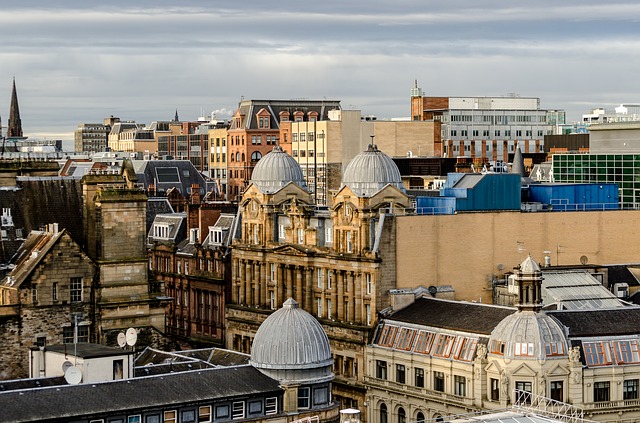Investigation launched into Glasgow’s role in slave trade

An investigation has been launched into Glasgow’s role in the slave trade and the fortunes it amassed.
Academic Stephen Mullen, author of a book on Glasgow’s connection with the trade, has been tasked with examining the city’s links to slavery.
Council leader Susan Aitken launched the initiative at the City Chambers, where she pointed to one of the statues in George Square.
She said: “For almost 200 years the statue of the great Scottish inventor and engineer James Watt has sat in George Square.
“Every schoolchild is taught how he was a catalyst in the Industrial Revolution.
“What’s less well known is that Watt’s father was a slave trader, a colonial merchant who subsidised his son. The development of the steam engine was funded by slavery.
“We went from one of the poorest nations to the workshop of the world in little over a century and streams of capital from the Caribbean, India and North America were driving that.”
Anticipating criticism, she said: “We will face criticism including from those who will accuse us of needless self-flagellation and of dredging up aspects of our past that we cannot change.”
The way in which the council will deal with the issues will be decided following consultation.
Councillor Aitken said: “On conclusion of the study we will ask the people of Glasgow for their response and hold a public conversation on notorious names which include Glassford, Ingram, Buchanan, Dunlop and Dundas.”
Academic Sir Geoffrey Palmer said: “I expect that thousands of people in the cane fields or the coffee plantations, who had a life span of just seven years, will have said they hoped one day someone would recognise what they were subjected to – and this study helps that hope come true.”
Dr Mullen commented: “An attempt is being made to address how the citizens of Glasgow should confront the past.
“This will include a systematic audit of bequests, statues, street names and finance for the city itself including the City Chambers.
“We are interested in examining links with tobacco, sugar and cotton trades as well as areas such as shipbuilding, manufacturing and cotton.
“Mill owners became fabulously wealthy and banking and financial sectors associated with all of this also benefited.
“I am not aware of any statues dedicated to sugar or tobacco lords but there are others with more complex connections such as James Watt.
“We know of street names and buildings linked to slavery and I will seek to confirm the exact nature of these connections.”
He added: “I do not think any other British city has commissioned such a study although there have been moves by Bristol and London to recognise their past.
“I have a duty to try to uncover without fear or favour.”





